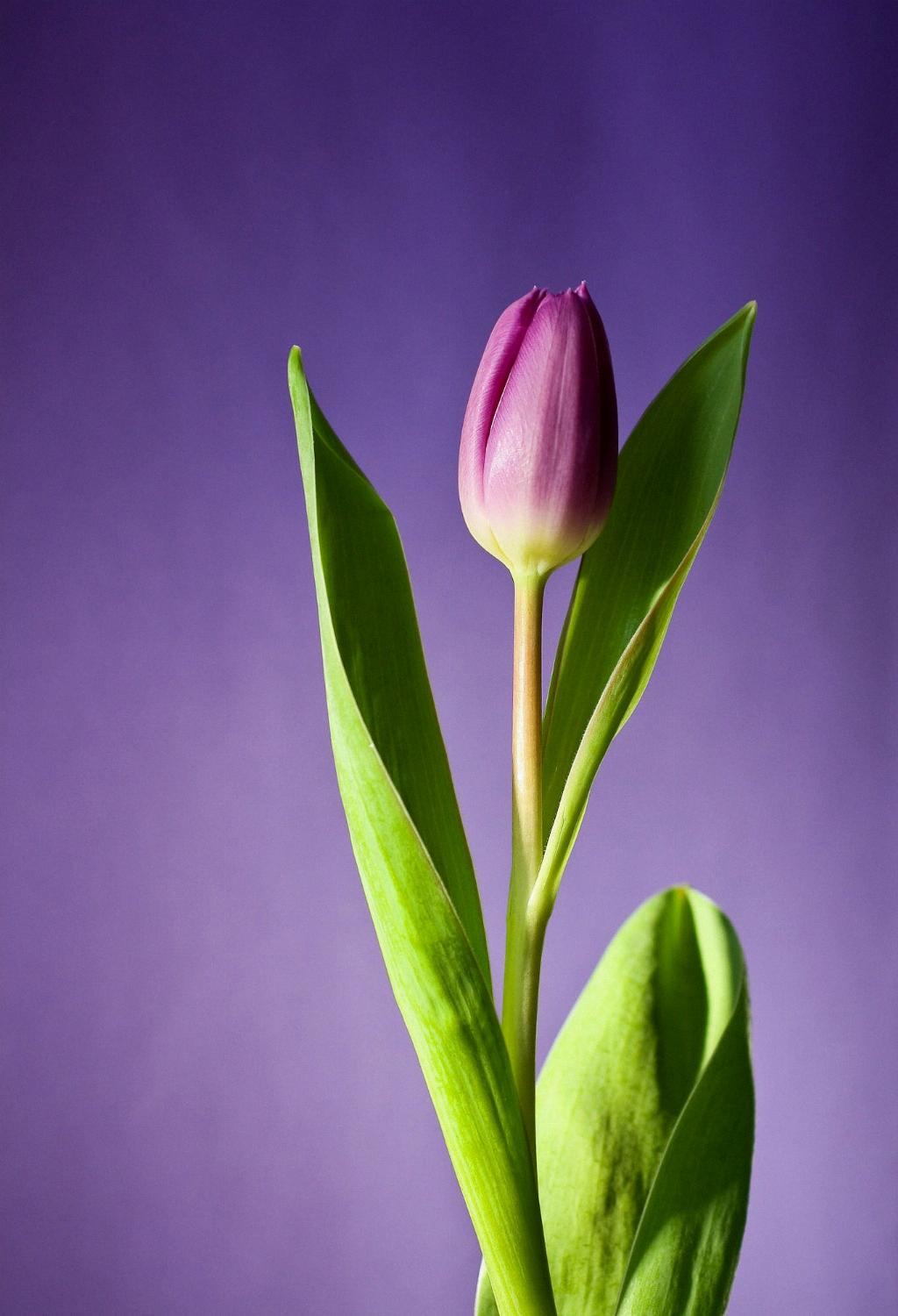When pondering the question of where tulips are native to, many minds instinctively drift towards the tulip-filled landscapes of Holland. However, turning back the pages of history reveals a tale far older and more captivating than one might expect.
The Rich Origins of Tulips in Central Asia
Contrary to popular belief, tulips have their roots embedded in the vast plains of Central Asia. These vibrant flowers are not indigenous to the windmills and canals of the Netherlands but instead find their ancestry intertwined with the flora of Central Asia.
The Etymology of Tulips
The very name “tulip” is said to have Persian origins, stemming from the word for a turban. This linguistic connection already hints at the extensive journey tulips have taken over the centuries, stretching across continents and civilizations.
Early Encounters in Turkey
It is fascinating to note that nearly three millennia ago, tulips were already finding their place in the lush landscapes of what is now modern-day Turkey. This marks an early encounter with human cultivation, as these flowers began to capture hearts and imaginations.
Captivating Cultivation Practices
As tulips began to establish themselves in Turkey, the art of cultivating these delicate flowers flourished. Early horticulturalists recognized the beauty and allure of tulips, sparking a tradition of tending to these blooms with meticulous care.
The Blossoming Beauty of Tulips
Witnessing a field of tulips in full bloom is a sight to behold. Their petals dance in the gentle breeze, painting the landscape with hues of red, pink, yellow, and orange. This visual spectacle serves as a testament to the natural beauty and diversity these flowers embody.
Spread Across Continents
From their origins in Central Asia to the gardens of Turkey, tulips soon found themselves traversing borders and continents. These botanical ambassadors journeyed far and wide, captivating hearts wherever they took root.
European Enlightenment
It wasn’t long before the allure of tulips reached the shores of Europe. The Dutch, in particular, developed a deep affection for these flowers, leading to the iconic association between tulips and Holland that endures to this day.
Symbolism and Significance
Throughout history, tulips have carried various symbolic meanings, representing love, elegance, and prosperity. Their significance transcends mere aesthetics, weaving into the fabric of cultural narratives and artistic expressions.
A Global Icon
Today, tulips stand as a global icon, beloved by people of all ages and backgrounds. Whether adorning a vase on a kitchen table or sprawling across a meticulously landscaped garden, these flowers continue to enchant all who encounter them.
Appreciating Nature’s Wonders
As we unravel the story of where tulips are native to, we uncover not just a botanical fact but a rich tapestry of history, culture, and craftsmanship. Each tulip that blooms today carries with it the legacy of centuries past, reminding us of nature’s enduring beauty and boundless wonders.

An Endless Journey
So, the next time you gaze upon a field of tulips swaying in the breeze, remember the extraordinary journey that brought these flowers from the distant plains of Central Asia to the bustling cities of modern-day life. In their petals, we find a timeless story of resilience, beauty, and the unbreakable bond between humankind and nature.
